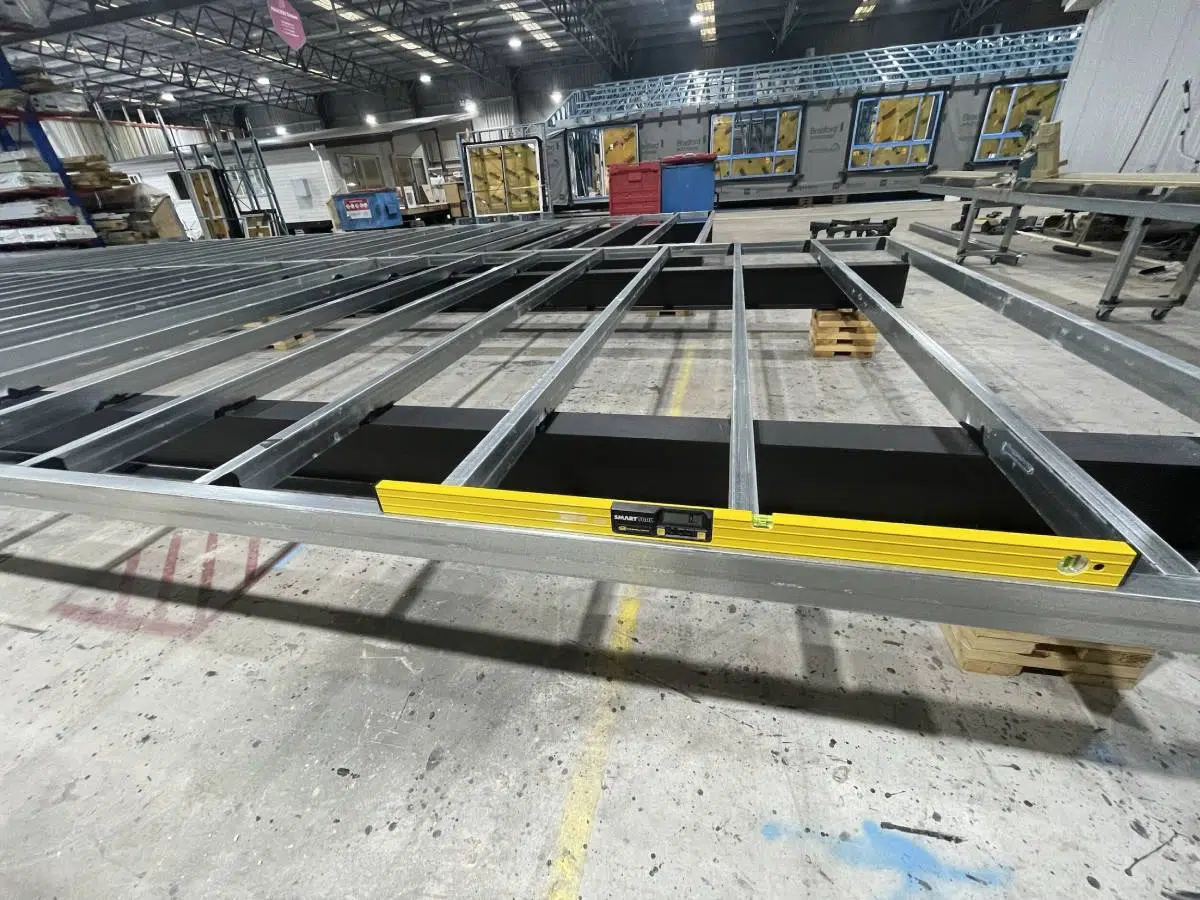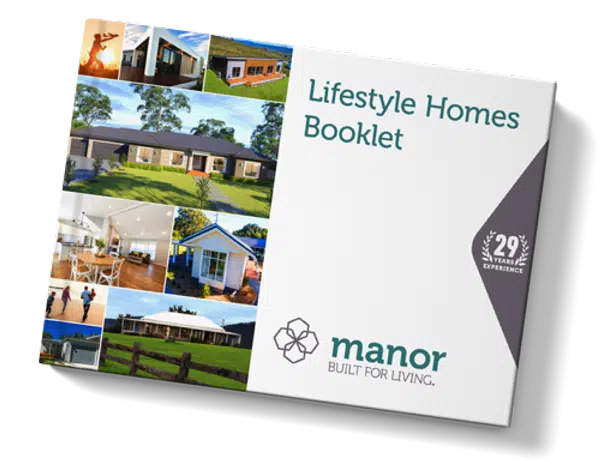Consider this scenario –
You’ve purchased your block of land and want to get a new home built. But you’re not quite ready yet and think you’ve got plenty of time to make the final decisions and commit to a builder.
But in all honesty, do you really have that much time up your sleeve?
It’s common for people who are in the research phase of deciding which home they want and which builder they want to use, to say that they’re not ready for around 3 to 6 months.
But what does this actually mean?
Does it mean that you don’t want the build to start for another 6 months or is that when you’re ready to pay the deposit? Or does it mean that you don’t want to commit for another 6 months or is that when you’re actually ready to move into your new home?
These are all questions you should ask yourself so that you can be completely clear about the time frame you’re working with.
Do you have time to wait, or should you move quickly?
To answer this question, you want to understand all the stages that new home builders go through from start to finish. And you should understand that a new home can take anywhere from 20 weeks to 12 months to be completed and ready to move into.
Let’s have a look at a couple of examples so that you understand this timing concept.
A situation where there’s plenty of time.
Bill and Mary (a fictitious couple) have just purchased a new block of land in a rural setting that they want to retire to. They’re still living in their home in the suburbs and they have no clear timeline of when they want to move to their retirement location.
They’re both still working and they expect to retire in two or three years. This means that they’re not really ready to have their new home built just yet and have plenty of time to decide what they want.
In this situation, there’s no immediate urgency because they can stay in their current home until they decide to sell it. So, Bill and Mary can take their time choosing just the right home and the builder they want to work with.
But they do need to consider the rise of inflation and how that might affect the eventual cost of their new home. Plus, they’ll need to keep an eye on the real estate market to ensure that they’ll be able to get the price that they want for their current home.
And the other thing that we see happen is that Bill & Mary suddenly realise that 12 months has disappeared and they still haven’t really started the process of getting that new home built. Time moves fast.
A different example where the customer needs to move immediately.
In example number two, we’re introduced to John and Susan (another fictitious couple) who want to up-size because their children are getting older, and they could do with more space.
So, they purchase a nice block of land in an up-and-coming neighbourhood with all the facilities they’re looking for. At the same time, their oldest son will turn 18 in around 12 months’ time and they envision a large family celebration in their new home.
In this scenario, John and Susan have to move now if they want to be in their new home within a year. They need to understand that each phase of the process is going to take time and they don’t have a minute to lose.
Understanding the phases of getting a new home built.
Having a new home built is a major undertaking and it will take a considerable amount of time to complete the home so that it’s ready to move into. Let’s take a quick look at the different stages.
The design phase.
The design phase is when you decide on the exact plan of your new home. While you might be lucky and find a plan that you really love, in many cases, there will be some alterations that you might want to make.
This process will involve a meeting with your builder and a discussion on how you want your home designed. After the meeting, the plan you’ve chosen will be passed onto the designer or draftsperson who will make the necessary changes.
Then you’ll have another meeting to view the revised plans and, if you’re happy, you can sign off on them.
Quotation phase.
Now it’s time for your builder to have a look at the plans you’ve agreed on and start the quoting process. Once the quote is complete, it will be presented to you for your approval.
Place your order.
At this stage, you’re ready to place the order and give the go-ahead for the build. You might also be asked to pay a small part-payment or mini deposit. Builders will generally ask for this to assist them in covering the costs of the next few stages.
Getting council approval.
This phase of the construction process is one that can really blow out your timeline depending on the council you’re working with and the amount of applications that they have in the pipeline.
While some applications are straightforward and get approved pretty quickly, others might take a lot longer. This is especially the case if you’re moving to an area where environmental protections or overlays need to be considered.
The colour selection phase.
Before your new home is even started, you’ll go through the colour selection phase. This will involve a meeting with the interior designer – who often works for the building company – where you’ll select your colour scheme for both the inside and outside of the home.
Completing and signing the contract.
Before the builder even orders the materials for your home and schedules the work, you’ll have to complete and sign the contract. This will outline both your builder’s responsibilities, the details of the build, and a structure that will set out the progress payments that you’ll have to make.
At this stage, you’ll usually be required to pay the full deposit.
Material sourcing.
It’s only when you get to this stage, that your builder will start to source and order the materials required to build your house. Then, there’s the wait time to have materials delivered so that the building can begin.

Building starts.
As you can see, there are a lot of phases to go through before the actual building begins. All of these phases take time and then, you have to consider how long it will take to build your home.
Surprisingly, this might actually be the shortest phase.
If you decide on a modular home, the building schedule is likely to be shorter, but at the least, definitely more certain. This is because the majority of the house is built in the factory where the tradies are already available to do the work.
But if you decide you want your house built on-site, you’ll likely have to deal with delays in getting available tradespeople to come and do the work.
Consider your timeline carefully.
What we’re trying to convey is that getting a new home built doesn’t happen overnight. So you really have to think carefully about the timeline that you have in mind.
For example, if you want to be in your new home in 12 months, you have to act quickly to get the ball rolling. In fact, depending on a number of factors, this may not be possible.
On the other hand, if you have a bit of leeway of say 2 or 3 years, then there’s not as much urgency to get things started. But don’t relax too much, we’ve seen customers spend a long time working through factors that are mostly outside of their control such as waiting for land to settle, gaining the right approvals, and getting funding set up.
So, if you want to have a new home built, sit down and work out exactly when you envision moving into your new home and work backwards so that you have an idea of when you need to start with the first phase.
It might just result in you picking up the phone today to get things rolling.




